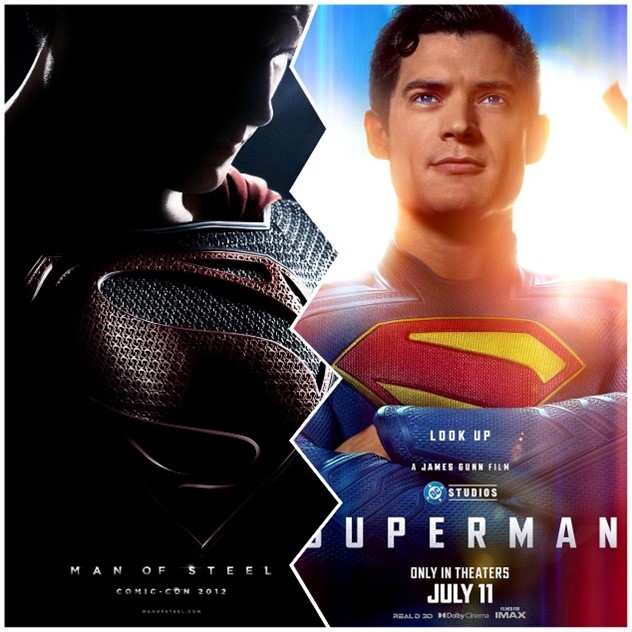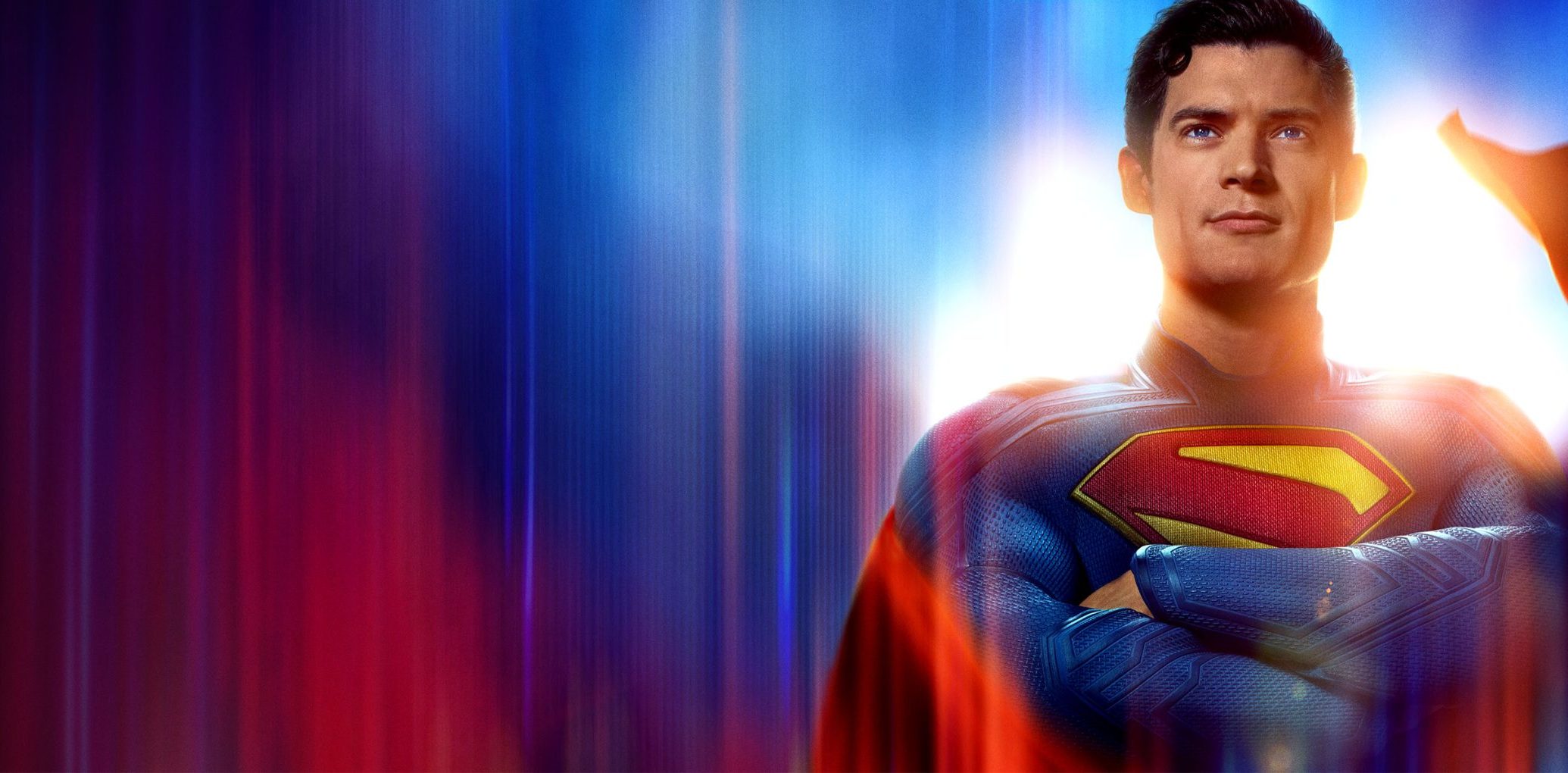Superhero fatigue isn’t about audiences losing interest, it’s about studios losing touch. Our very own ‘in-house-geek’ Dan, an SRE here at Tapestry, explains how brands can learn from the success of Superman (2025).
As someone who grew up watching the original Sam Raimi ‘Spider-Man’ (2002) film, I was completely in awe of the idea of someone who could shoot webs and save the day for ordinary people. The Sam Raimi Spider-Man trilogy represented a hero who was deeply rooted and intertwined with the city he lived in – New York City. Fast-forward to 2008 and the release of Christopher Nolan’s ‘The Dark Knight’, I was then completely consumed by the realism and dark nature of the film (in no small part because of Heath Ledger’s portrayal of the Joker). However unrealistic, you could almost imagine the storyline unfolding in the real world, yet at its core remained the same plot: a hero who was protecting his home (this time, Gotham City).
The enormous success of The Dark Knight was picked up by studios, and the word was out – people want dark / gritty superhero films! Post-2008, we had a clear timeline of superhero films that either got darker OR dropped that ‘local hero’ feel for more of a universe building one.

It cannot be denied; these films were all successes. But as each year went on, studios felt the need to keep upping the stakes. More grit, bigger universes, bigger universal threats. After the success of ‘Avengers: Endgame’ (2019) – arguably the culmination of 11 years of building the Marvel Cinematic Universe – Marvel Studios just hasn’t quite been the same. Their films and TV series on Disney+ have felt like they lack a clear threat, which is surprising when the most recent threat was just the small problem of all life in the known universe. So, what happened? Has everyone suddenly turned their backs on superheroes? Is superhero fatigue setting in? Has their entire fan base completely changed?
No. As a brand, they lost track of what their core fans enjoyed about these films. The recent success of James Gunn’s ‘Superman’ (2025) shows us this. The film went back to that pre-2008 feeling; it restored the image of hope and distanced itself from the darker tones that can be seen in ‘Man of Steel’ (2013). Having the two films side-by-side, you wouldn’t be blamed for thinking they were stories about two completely different characters. ‘Superman’ (2025) exhibits traits of a director who listened to his base and responded: having a DC Universe is cool yet having constant large scale universal threats is not; a soundtrack is just as important as what we see; superheroes should go back to saving ordinary people; having that local feel of a superhero watching over a city is enough (but they don’t have to be overly realistic). And sometimes it’s nice to aspire to be someone like Superman – a symbol of hope, even if flawed.

So, what does this ‘superhero shift’ tell us? Content brands need to always remember what their core fans really want from them. Development and evolution are always wanted (and sometimes necessary!), but not at the expense of losing what your fans fundamentally enjoy.
Want to know how to stay relevant with your fans? At Tapestry, we’re experts in audience understanding – get in touch with us at [email protected] if you want to find out how we can help your brand learn from The Superhero Shift.


